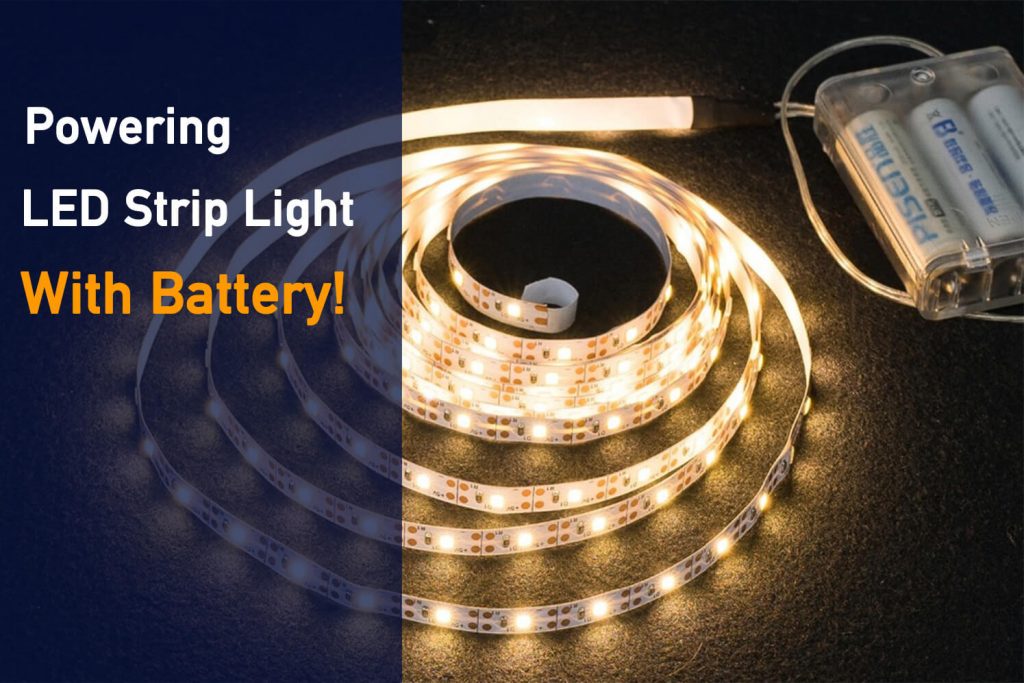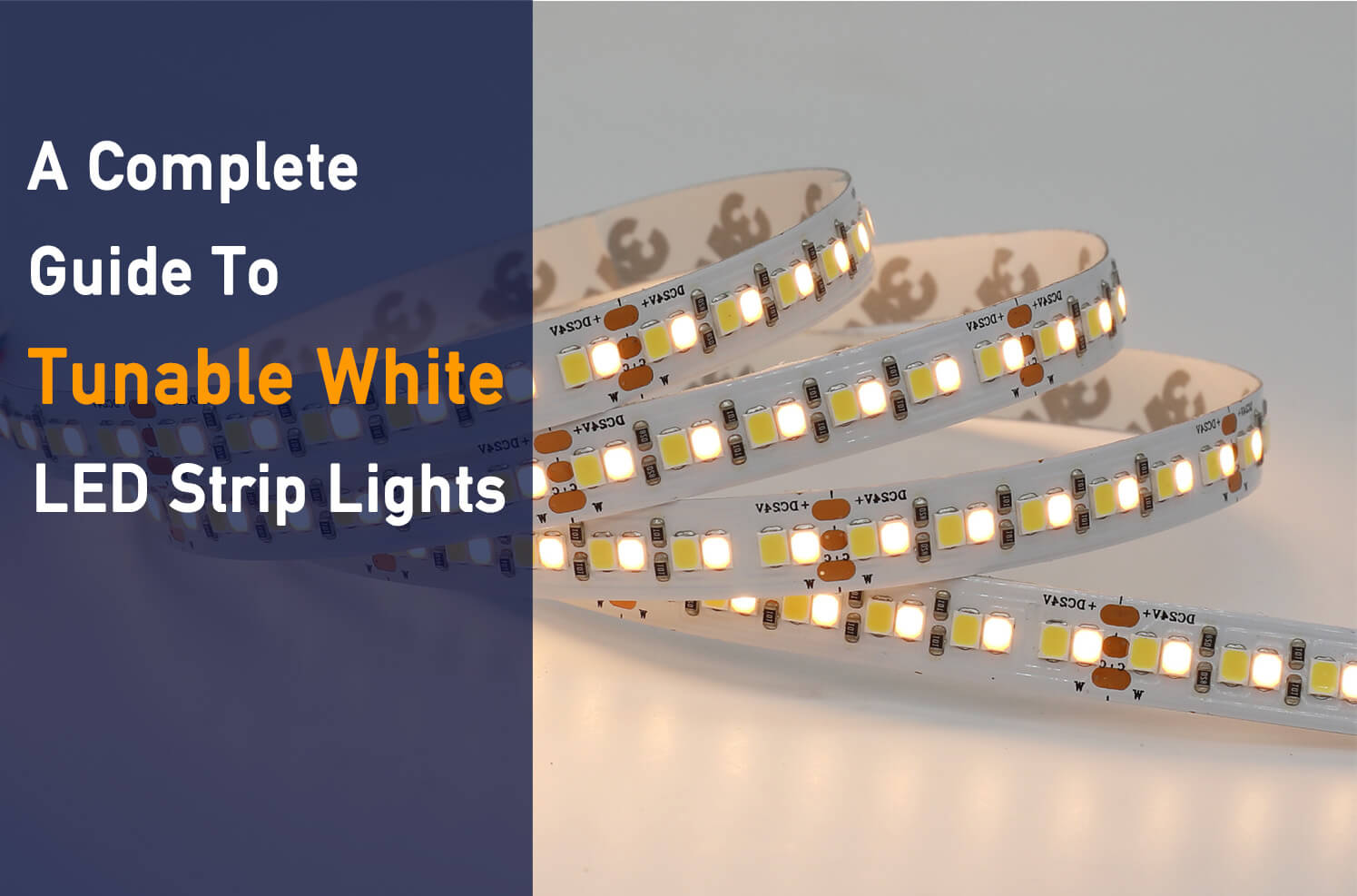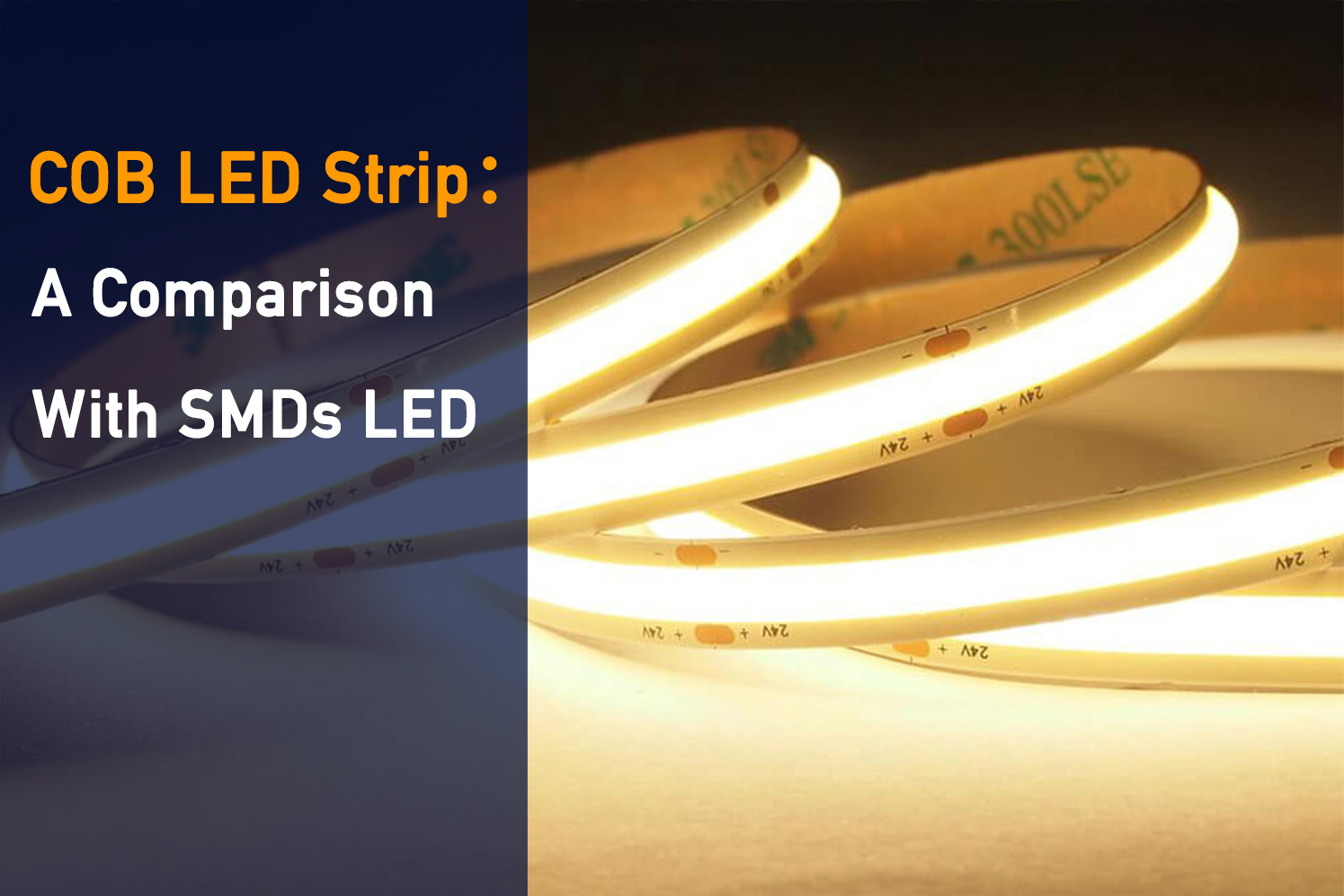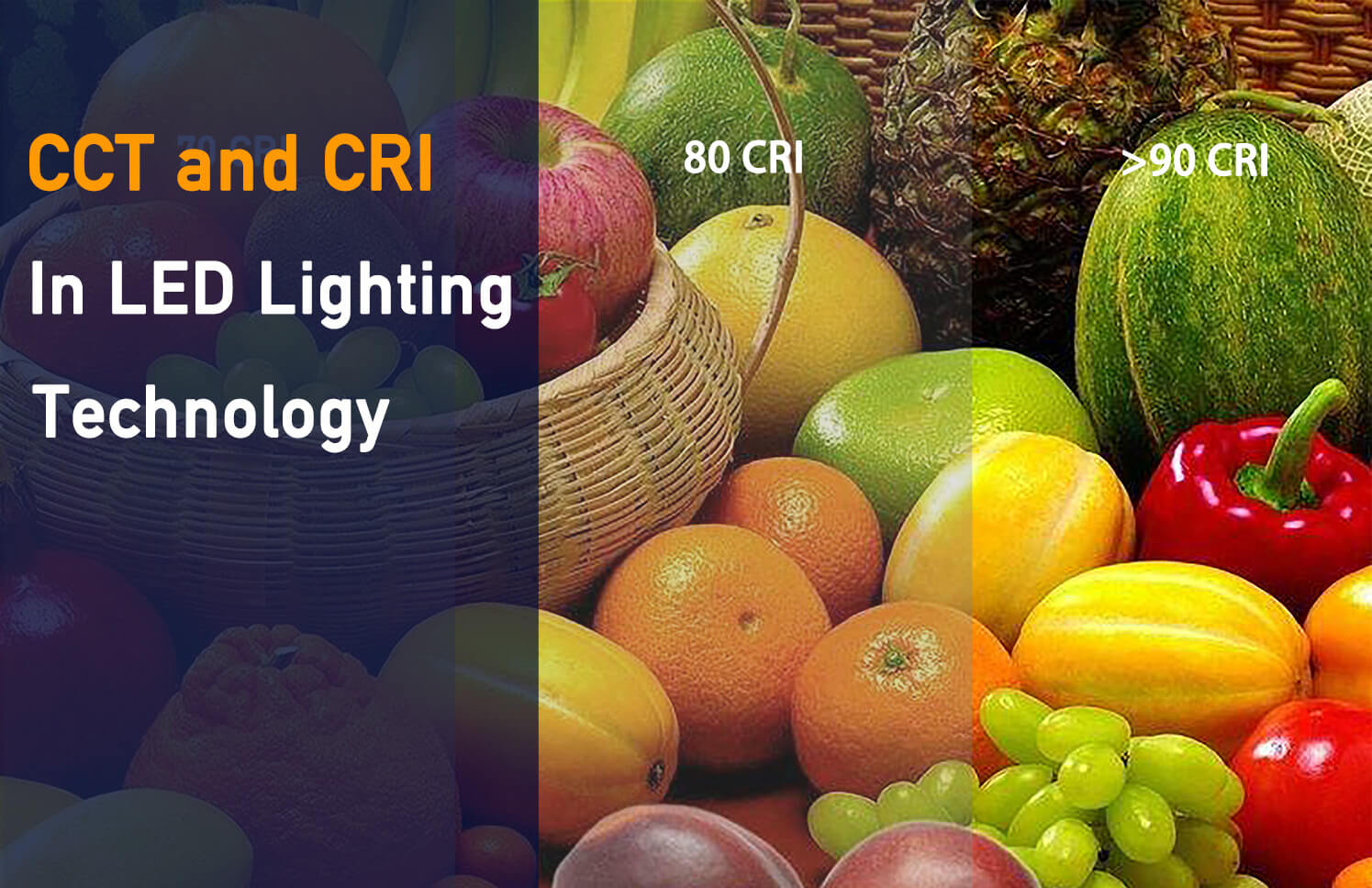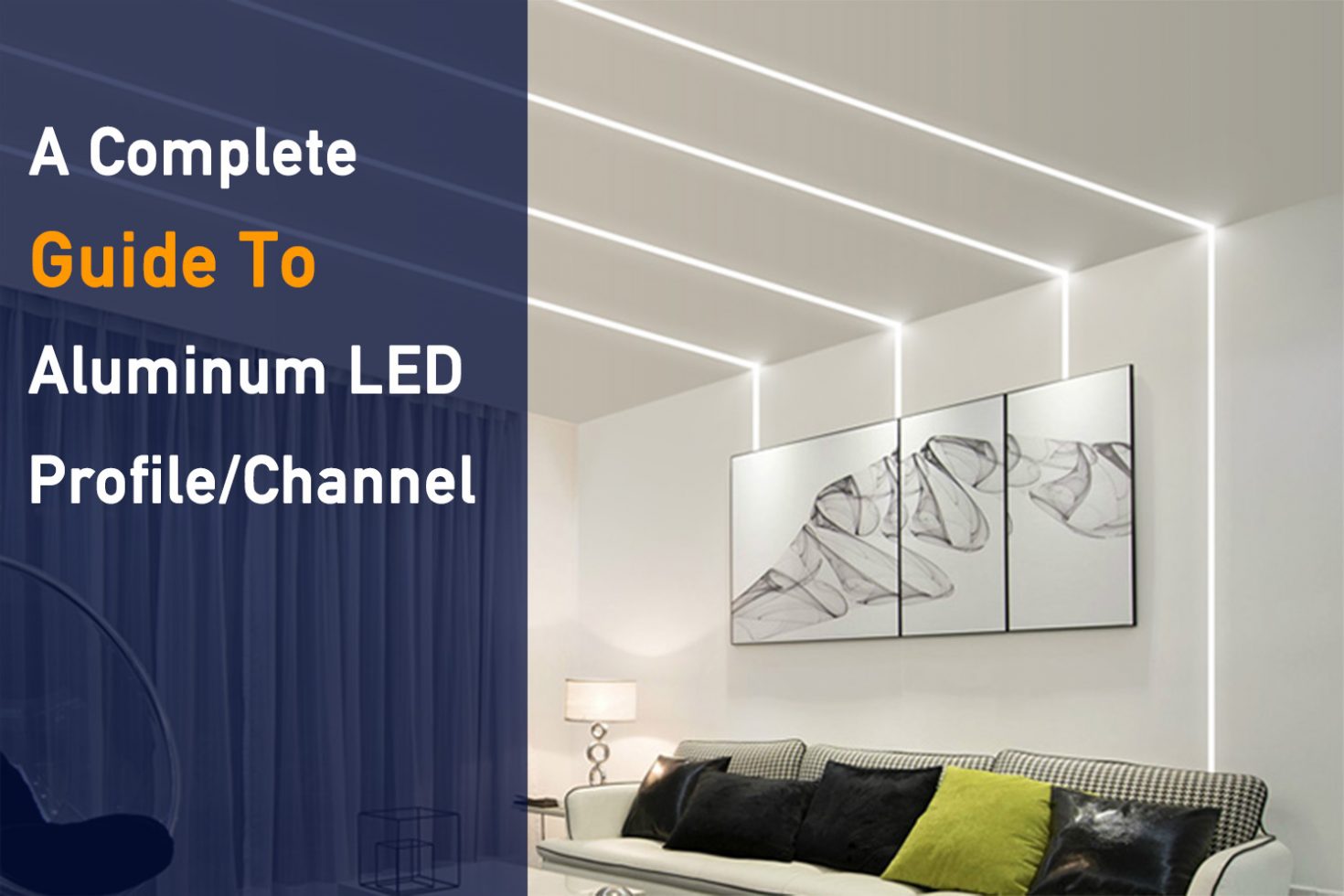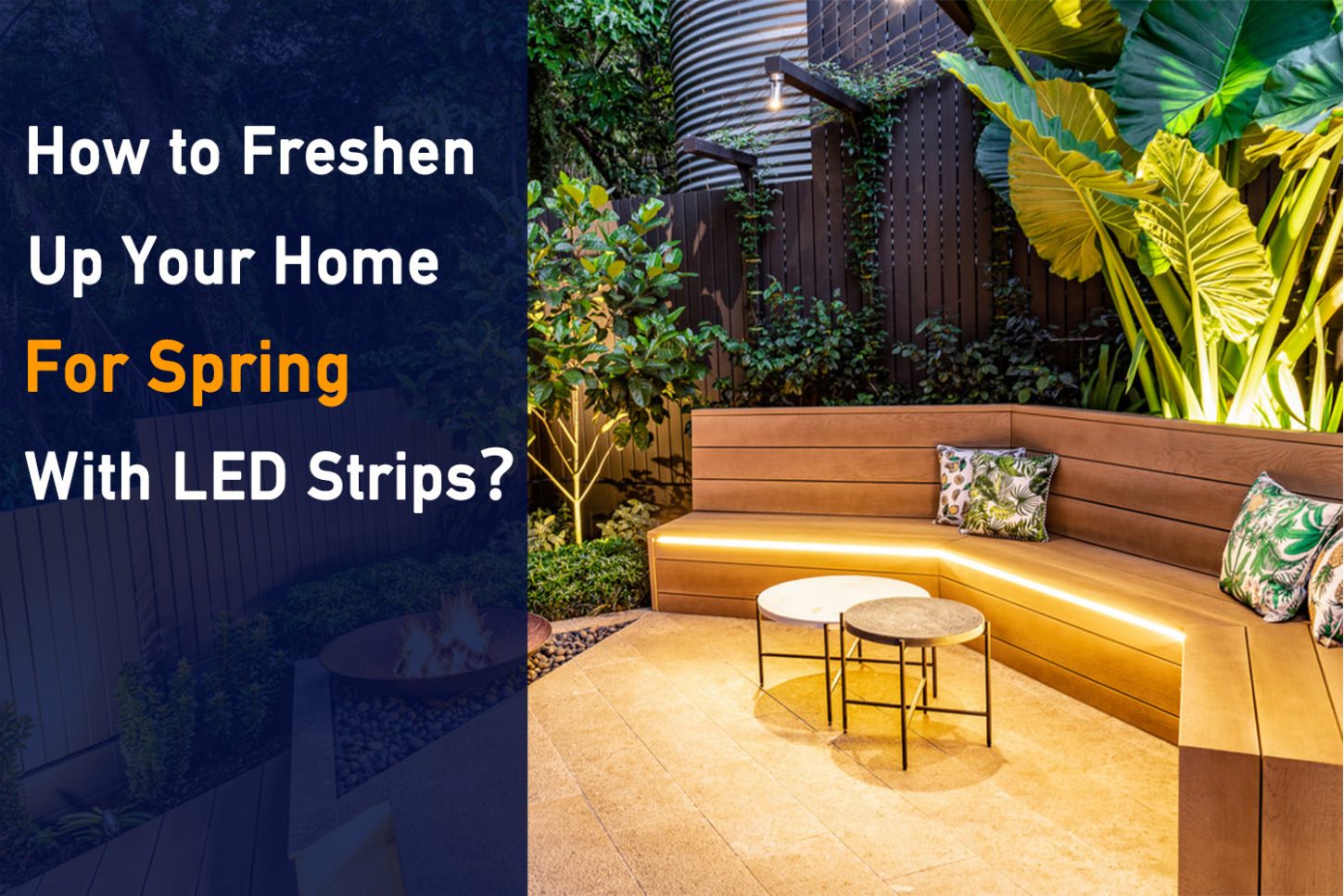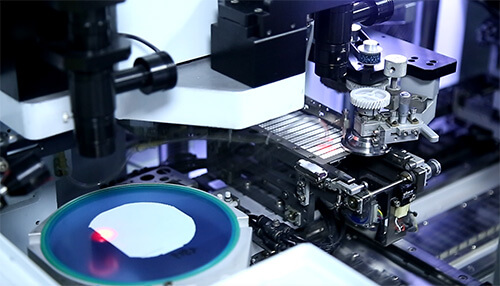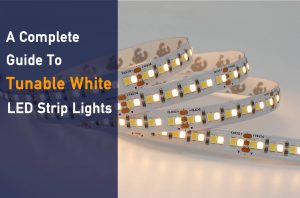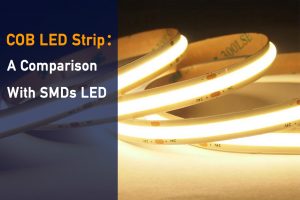You won’t always have an AC power outlet like a 220V ready to power your strip lights in every situation. There might be instances when you need to use a battery instead. If you’re in a place without a power source, like inside your car or during camping, a battery can come in handy.
Article Guide
- 1. Can I Light an LED with Battery? And why?
- 2. How to Choose a Battery for Strip Lighting?
- 3. What Battery Does LED Lighting Use?
- 4. How Long Do LED Strips Last on a Battery?
- 5. Ways to Extend Battery Life
- 6. Can I Power a 12V Strip With a 9V Battery?
- 7. Can I Connect a 12V LED Strip to a Car Battery?
- 8. Other Questions
1. Can I Light an LED with Battery?
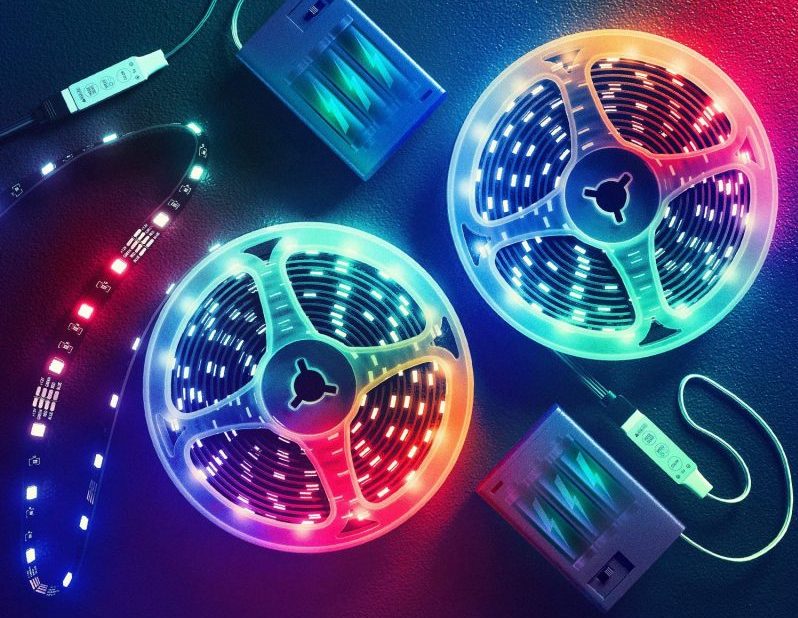
Batteries can power our flashlights, cars, and other electronic devices. LED lights are no different. In fact, batteries are used extensively as a power source for LED strips.
- Why Use a Battery to Power an LED Strip?
Batteries are portable, and you can bring them just about anywhere. If you go to an open field, you can’t expect to find a power source. But, you can always have your batteries with you. Whenever my team and I go to a client for an LED demo presentation, we don’t ask for a power source. We bring our batteries to power our kits.
2. How to Choose a Battery for Strip Lighting?
Choosing a battery for your strip lighting is easy. You’ll only need to consider these three things: voltage, capacity, and connectivity.
2.1 Voltage
Strip lights run on either 12V or 24V. Because batteries are compact, you’re going to have to connect them up in a series to match your LED’s voltage requirement.
For example, for a 12V LED strip, you’re going to need eight pieces of 1.5 AA batteries since 1.5V * 8 = 12V. For a 24V LED strip, you can wire two 12V batteries in a series since 12V * 2 = 24V.
In contrast, connecting your lights to a battery with a lower voltage may decrease performance and lower brightness. At worst, it may not light up at all.
- NOTE: When choosing your battery, ensure that its voltage level doesn’t go above your strip’s voltage need. Connecting a 12V strip to a battery that produces more than 12 volts can permanently damage it.
2.2 Capacity
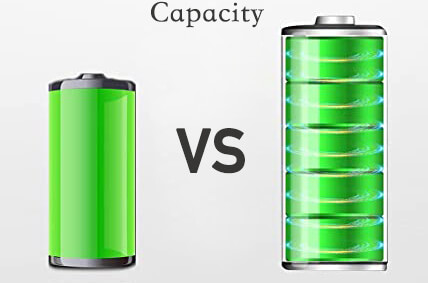
Capacity is the amount of power that is stored in a power source like your battery. It measures in watts-hours (Wh) or milliamp-hours (mAh). Your battery’s capacity tells you how long it can provide current (mA) or power (W) before its charge is used up.
The higher your battery’s capacity value in mAh, the longer it can last. A 12V rechargeable lithium battery with a capacity of 3000 mAh can last longer than an alkaline 9V battery that produces only 500 mAh.
2.3 Connectivity
Another thing you need to make sure of is the compatibility of your battery and LED strip connectors. A majority of battery packs will either have open wiring or DC connectors as their output terminals. LED strips will have copper pads, open wires, or DC receptacles.
3. What Battery Does LED Lighting Use?
Batteries used in LED lighting come in different shapes and sizes. Each type of battery is suitable for a specific purpose. Coin cells, alkalines, and lithium batteries of varying specs are good common examples.
Let’s go over some of the most common batteries used in LED lighting.
- 3.1 Coin Cell Battery
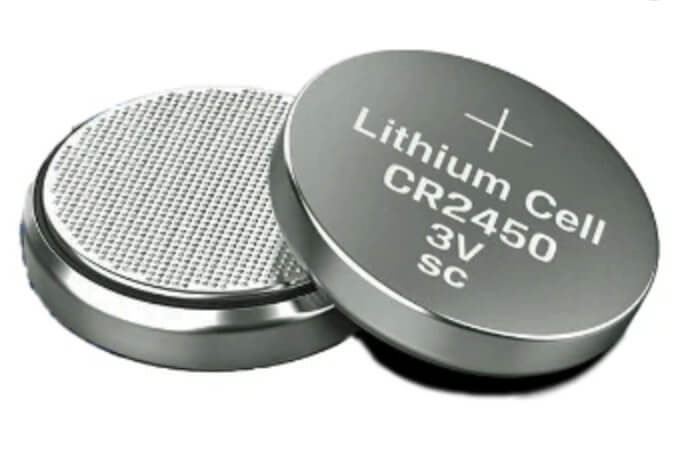 Many LED lights are compact enough to fit into tight spaces. Some of them are even standalone SMDs. Because there’s not enough space to work with, these LEDs make use of a tiny battery. Coin cells are perfect for applications that need little power, such as single-bulb LEDs for props and decorations. Coin cells can only supply 3 volts at 220mAh, enough to light one to a few LED bulbs for a few hours. The more bulbs you place, the shorter its lifespan gets.
Many LED lights are compact enough to fit into tight spaces. Some of them are even standalone SMDs. Because there’s not enough space to work with, these LEDs make use of a tiny battery. Coin cells are perfect for applications that need little power, such as single-bulb LEDs for props and decorations. Coin cells can only supply 3 volts at 220mAh, enough to light one to a few LED bulbs for a few hours. The more bulbs you place, the shorter its lifespan gets.
- 3.2 1.5V AA/AAA Alkaline Battery
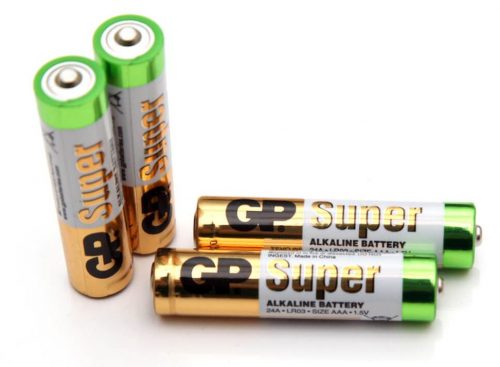
AAA and AA alkaline batteries are the most available types on the market. Though the two differ in size, they both produce the same 1.5-volt output. However, since the AAA is smaller, it only has a capacity of 1000 mAh. AA batteries have a capacity of up to 2400 mAh, which means they can last much longer.
Battery Box
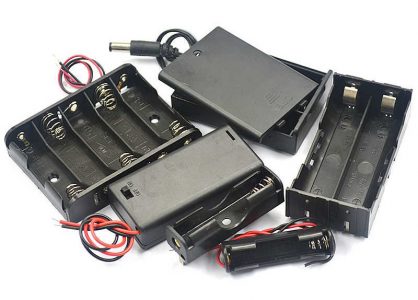
If you want to connect your strip lights to these batteries, they’re going to need a battery box. A battery box can house a number of these batteries so that you can pair them in a series. Say you’re powering a 12V strip. You’re going to need eight 1.5V batteries in a battery case since 1.5V * 8 = 12V.
- 9V Alkaline Battery
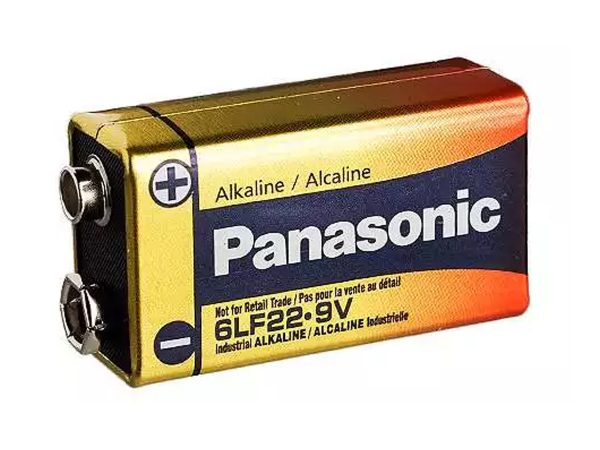
If you need something higher than a 1.5V, you can opt for a 9V alkaline battery. This battery comprises six smaller 1.5V AAAA batteries combined into a single package, similar to the battery box concept. Though convenient, they don’t last very long, offering only a capacity of 500 mAh.
- 12V Rechargeable Lithium Battery
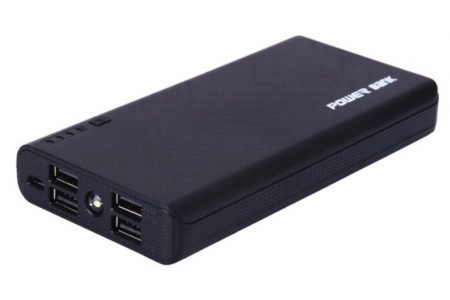
If you want a power source as big as it gets, a 12V Lithium battery can fit the bill. It can even power an automobile’s electronic system. Because of its size, it provides the most capacity compared to the others on this list. It can have a nominal capacity of 20,000 mAh. It’s also rechargeable, which means you can use it over and over.
4. How Long Do LED Strips Last on a Battery?
LED lights are incredibly power-efficient compared to incandescents. They don’t take up as much energy from a source. A typical single LED bulb will have a power draw of 20 mA (milliamps). This means that it can consume 20 mAh (milliamps-hour) in one hour. If you were to use a coin cell battery with a capacity of 220 mAh to power a single LED bulb, it’d power it for 11 hours.
As mentioned earlier, the higher your battery’s capacity is, the longer the duration will be before it loses power. Using the same example above, if you use a AA battery with a capacity of 2400 mAh instead of the 220 mAh coin cell, it can power the same LED bulb for 120 hours.
- Calculating Power Capacity
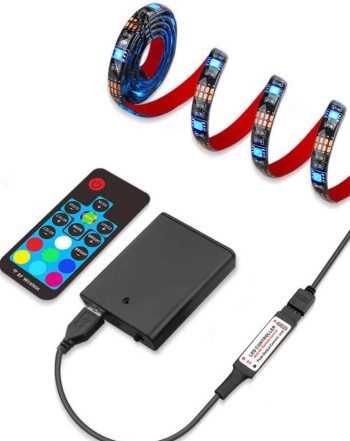
To calculate how long a battery can last from a fully charged state, determine your LED light’s power draw and your battery’s mAh rating.
You can find your strip’s power draw on its product description. It is expressed either in Watts (W) or Amperes (A).
Whichever unit is used, you’ll need to convert it to milliamps (mA). If the power is specified in watts (W), divide the number by the LED strip’s voltage (12V or 24V). Multiply the result by 1000 to convert it to milliamps (mA). If the power is specified in amps (A), multiply it by 1000 to get its milliamp (mA) value. (mA = W / V x 1000)
After getting your strip’s power draw in mA, look for your battery’s milliamp-hour (mAh) rating. It should be easy to spot somewhere on its body. To finally get your battery’s expected lifespan in hours, divide the battery’s mAh rating by your strip’s power draw in mA.
For example, we use a lithium 12V battery at 2500mAH to power a 6w 12V led strip; using the formula I(current) = P(power) / E(voltage), we get a strip current of:
- mA = P(power) / E(voltage) x 1000 = 6W / 12V x 1000 = 500mA
- 2500mA / 500mA = 5
So the strip can last for 5 hours.
- NOTE: Instantaneous Power Draw Capacity — Some batteries will have a maximum instantaneous amperage limit. To avoid damaging your battery or shortening its lifespan, ensure that your LED strip does not exceed its maximum instantaneous limit.
5. Ways to Extend Battery Life.
Your battery can only provide power up to an extent until it runs out of juice. Eventually, you’re going to have to recharge or replace your batteries. The good news is there are simple ways that you can prolong your batteries’ lifespan.
Add a Switch
A switch allows you to turn a circuit’s flow of electricity on and off conveniently. Many LED-to-battery connections use switches. When not in use, turning off your LED lights can help you save a lot of electricity, preserving your battery’s life. LEDs are already energy-efficient devices, but adding a means to turn the power off can save you hours’ worth of energy.
Add a Dimmer
The brightness of your lighting doesn’t always have to remain consistent. Sometimes, reducing brightness for particular scenarios can be ideal and can save your battery life. You can connect a dimmer between your battery pack and your LED strip to regulate its brightness. By having a way to dim the brightness of your lights, you can save power whenever you find it necessary.
Decrease the Lighting
The higher the number of individual LEDs your battery supplies, the more power it will use up. For example, a coin cell battery can power a single LED bulb for 11 hours. However, if you add another individual bulb to the circuit, your coin cell battery’s life will significantly decrease to just over 5 hours.
To offset unneeded power consumption, you can decrease your LED count to meet your ideal battery life.
6. Can I Power a 12V Strip With a 9V Battery?
The answer is “Yes”. A 12V strip can run on a power supply a little lower than its required electrical voltage, like a 9V alkaline battery. This setup is even entirely safe to operate.
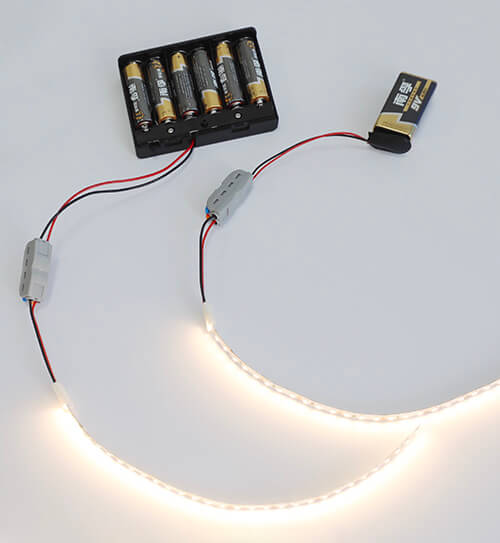
LEDs are not rated for 12 volts, at least not directly. They tend to have a rating of around 3 volts. Your strips will always have a built-in resistor to limit the current at 12 volts to the LEDs’ specified capacity (mAh).
A 9-volt battery can satisfy the requirements of a strip with a 12-volt rating, but only to an extent. Since a 9V battery generally has a lower power output, it won’t provide enough juice to power your 12V strips at full performance. The result would be a lower brightness emission.
If you want to use the alkaline Battery 6LR61 (rated at 9V 550 mAh) to power a 6w 12V (600mA) strip. Let’s figure out the current and battery lifespan using Ohm’s Law:
- E = I x R
- E = Voltage ; I = Current in Amps ; R = Resistance in Ohms
We can find R since we already know E and I, R = E / I :
- R = 12/0.6 A (600 mA) = 20 Ohms
Now we need to find I when E = 9 volts. Using I = E / R :
- I = 9/20 = 0.45A (450mA)
So now we can find how long a 550 mAh battery will last with a load of 450 mA.
- 550/450 = 1.22 hours
You can power a 12V strip with a battery lower than its specifications. However, problems will occur if you plug the same 12V strip into a battery with a voltage higher than its needed rating. Laying down more than 12 volts to a 12V device can result in overdrive, burnouts, and ultimately, irreparable damage.
7. Can I Connect a 12V LED Strip to a Car Battery?
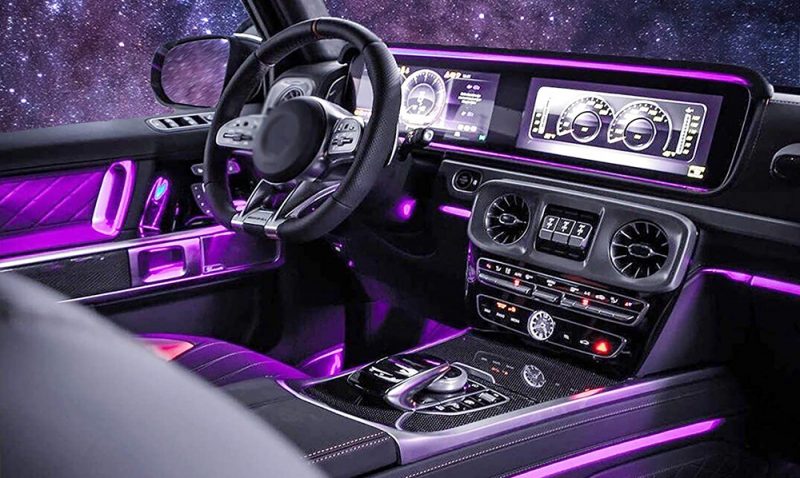
Your car battery, at full charge, has 12.6 volts or more. If your engine is running, its voltage goes up to 13.7 to 14.7 volts, dropping to 11 volts whenever a power loss occurs. Because of this lack of stability, it’s never a good idea to directly power a 12V LED strip with a car battery. Doing so will cause the strip to over-heat, shortening its life span.
Instead of connecting them directly, what you’ll need is a voltage regulator. Since you’ll need precisely 12V to run your LED strip, using a regulator will drop your 14V battery to 12, making it safer to for your LED strip.
There is a catch, however. Whenever your car battery’s voltage makes a drop, your LED’s brightness would also likely drop.
Will LED Strip Drain the Car Battery?
Your car battery’s capacity is enough to power a typical car strip light for over 50 hours before it runs out. Many factors can hasten capacity loss, such as having a high LED count or using high-powered ones. But, generally, it’s improbable that it will drain your car battery by itself, even if you left it overnight.
8. Other Questions
LED strip lights are inherently safe devices so long as you use them correctly. Regardless of the power source (batteries or AC outlet with a power converter), you don’t have to worry much about issues if the installation is correct.
If you are new to setting up LED lighting, it’s best to consult with an electrician or a professional LED specialist.
How to Connect LED Strip to Battery?
Connecting a battery to a strip light isn’t complicated. Just click the LED strip’s positive to the battery’s positive. Do likewise on both device’s negative terminals. A switch connects between your strip lights and its battery, allowing you to turn the power on and off conveniently.
Can I Use a Battery to Power my Sensor Cabinet Light?
Motion sensor cabinet lights are becoming all the rage. You can put them up on just about any type of cabinet, from closets to kitchen counters. Sensor cabinet lights can be powered by a battery as long as the correct specifications meet. For a 12V sensor cabinet light, you’ll need a battery that can satisfy its 12-volt rating. If you’re going to use your lights often, it’s best to connect them to a rechargeable battery. Doing so can be more cost-effective since you’ll seldom have to do replacements.
RGB strip lights can change colors, making them ideal as accent lighting. By mixing red, green, and blue diodes, so can generate many different colors. Like the other strip lights used in various applications, you can power an RGB strip with a battery.
Just connect a battery or batteries with a voltage rating that fits your strip lights. If your strips run on 12V, use a 12-volt battery. Simple as that. Just make sure to connect the identical terminals (positive-to-positive and negative-to-negative). Lastly, click the RGB strips to its controller output to begin lighting it up.
Precautions for Using a Battery
Like every other electrical device, you should always handle batteries with care. Do not attempt to power your LED device with a battery that is higher than its voltage requirement. Trying to do so can result in permanent damage to your strip lights.
When charging your rechargeable batteries, do not plug them into a power source with a higher voltage or current than needed. Doing so can cause your batteries to swell and generate heat, resulting in fire.
Final Words
Batteries are essential components for many electrical devices. Strip lights are no different. Properly powering your LED strip lights with a battery all comes down to matching correct specifications. If you manage to get suitable batteries for your strips, operating them is as straightforward as flicking a switch.
Batteries for LEDs vary in voltage and capacity. But, most of them are efficient for their specific application. Getting ideal batteries for your strip lights can help you make the most out of your lighting project.
If you’re looking for state-of-the-art LED strip lighting solutions at a fraction of the cost, check out Myledy.
For over 17 years, we have provided premium LED products for any lighting project, big or small. We know LEDs like the back of our hands. As a leading manufacturer, we won’t settle for providing less than 100% customer satisfaction.

